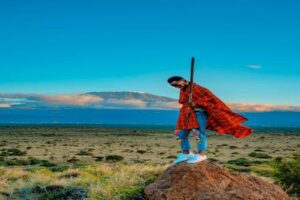
What to Know About Mount Kilimanjaro: Top 10 Insights
Table of Contents 10 Must-Know Facts About Mount Kilimanjaro | Kili Quests Mount Kilimanjaro isn’t just Africa’s tallest mountain — it’s a natural icon,
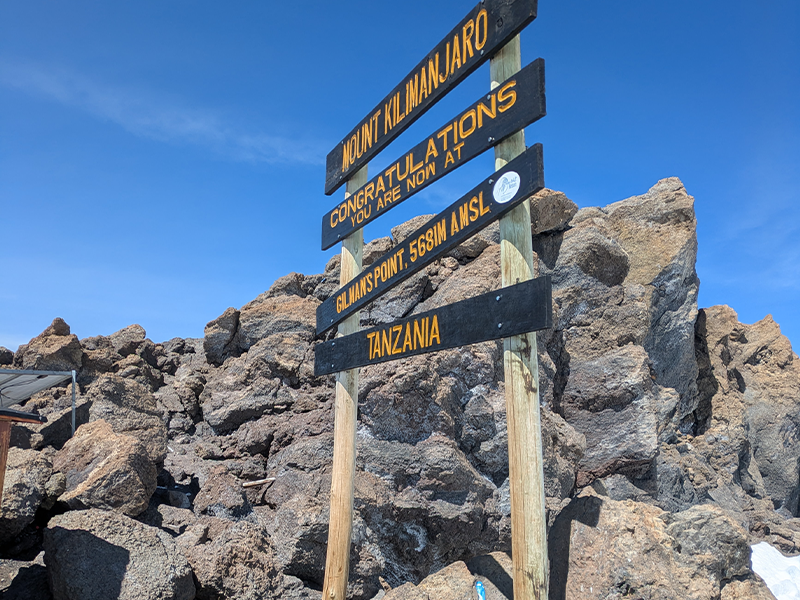
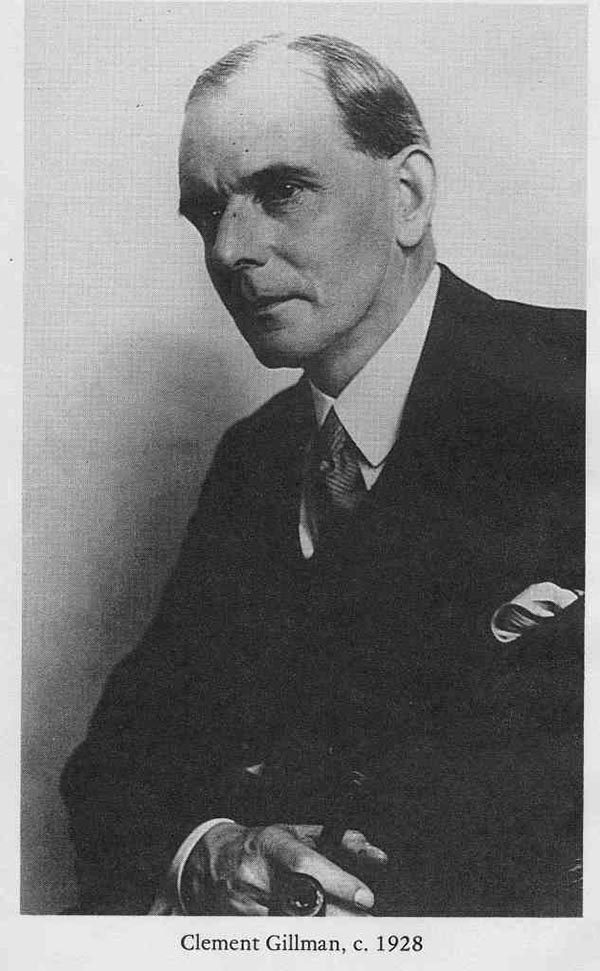
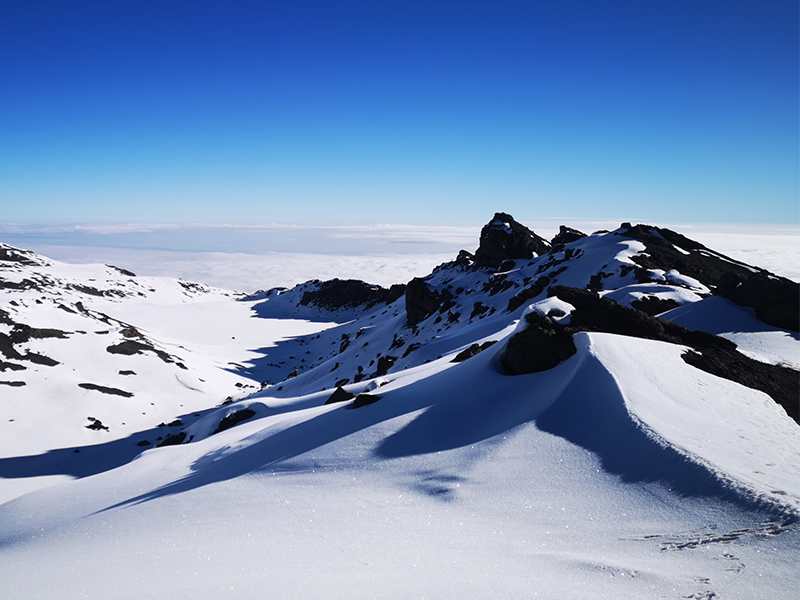

Table of Contents 10 Must-Know Facts About Mount Kilimanjaro | Kili Quests Mount Kilimanjaro isn’t just Africa’s tallest mountain — it’s a natural icon,
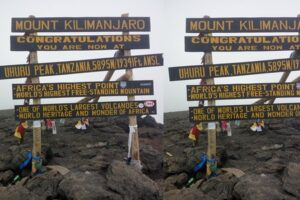
Table of Contents Uhuru Peak? The Story Behind the Name | Kili Quests Uhuru Peak is not only the summit of Mount Kilimanjaro, but

Table of Contents Kilimanjaro Myths, Spirits & Tribes: Chagga, Maasai & Pare | Kili Quests Mount Kilimanjaro is not only Africa’s tallest peak —
@2025 Kili Quests. All rights reserved.